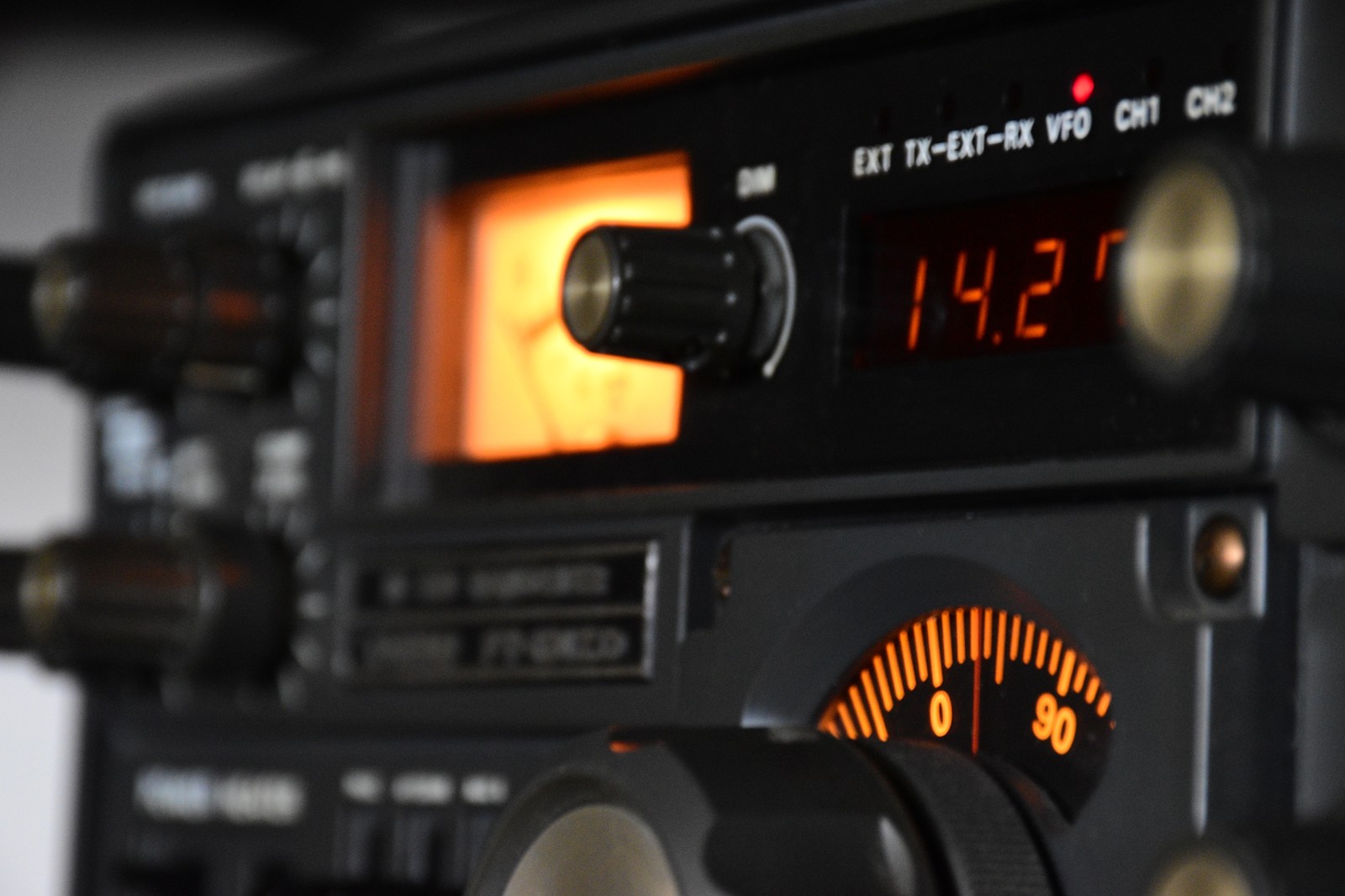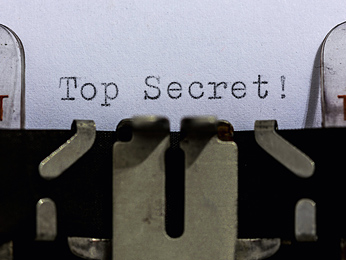Numbers stations are a type of shortwave radio station characterized by their mysterious and often cryptic broadcasts, typically consisting of sequences of numbers, letters, words, tunes, or Morse code. These stations have been active for decades and are believed to be used by various intelligence agencies for clandestine communication with operatives in the field. Here's a detailed overview of numbers stations:
Key Characteristics
-
Content of Broadcasts:
- Numbers: Sequences of spoken numbers, usually read by a synthesized or recorded human voice.
- Letters: Occasionally, sequences of letters are broadcast instead of numbers.
- Tones and Tunes: Some stations play musical tones or melodies as markers or identifiers.
- Morse Code: Some stations use Morse code for their transmissions.
-
Format:
- Introduction: Many broadcasts begin with an identifier, such as a specific melody, series of tones, or code name.
- Message: The main content typically follows the introduction and consists of groups of numbers or letters.
- Repetition: Messages are often repeated several times during a broadcast to ensure they are received correctly.
-
Transmission Schedule:
- Regularity: Numbers stations often have fixed schedules, broadcasting at the same times on the same frequencies.
- Frequency: The frequencies used can vary, but they are typically within the shortwave radio bands.
Purpose and Theories
-
Covert Communication:
- Intelligence Agencies: It is widely believed that numbers stations are operated by intelligence agencies to communicate with undercover agents or spies in the field.
- One-Way Communication: The stations provide a secure, one-way communication method, making it difficult for adversaries to trace or intercept the messages.
-
Unbreakable Encryption:
- One-Time Pads: Messages are thought to be encrypted using one-time pads, which are considered unbreakable if used correctly. The agent in the field has a matching pad to decode the message.
-
Anonymity and Security:
- Difficult to Trace: The location of the transmitter and the identity of the listener remain highly secure and anonymous.
- No Need for Return Communication: The agent does not need to respond via radio, reducing the risk of detection.
Famous Examples
-
The Lincolnshire Poacher:
- Description: Named after the English folk tune it played as an introduction, this station was believed to be operated by the British Secret Intelligence Service (MI6).
- Content: Broadcast sequences of numbers read by a synthesized female voice.
-
UVB-76 (The Buzzer):
- Description: A Russian numbers station that has been broadcasting since the late 1970s. It is known for its constant buzzing sound, occasionally interrupted by voice messages.
- Content: Short messages in Russian, often with sequences of numbers and names.
-
E10 (Phonetic Alphabet Stations):
- Description: Believed to be operated by Mossad, the Israeli intelligence agency. These stations use the NATO phonetic alphabet.
- Content: Sequences of letters read in the phonetic alphabet.
Cultural Impact
-
Mystery and Speculation:
- Public Fascination: The enigmatic nature of numbers stations has led to widespread public interest and speculation.
- Media and Literature: Numbers stations have appeared in various films, TV shows, books, and video games, often adding to their mystique.
-
Research and Hobbyist Monitoring:
- DXers and Enthusiasts: Shortwave radio enthusiasts, known as DXers, often monitor and catalog numbers stations.
- Resources: Websites and forums are dedicated to tracking and discussing these broadcasts.
Conclusion
Numbers stations remain one of the enduring mysteries of the shortwave radio spectrum. While their precise operations and purposes are officially unconfirmed, the consensus is that they serve as a secure means of communication for intelligence agencies. The combination of their secretive nature, global reach, and historical significance ensures that numbers stations continue to intrigue and fascinate people around the world.






